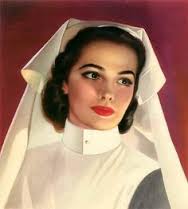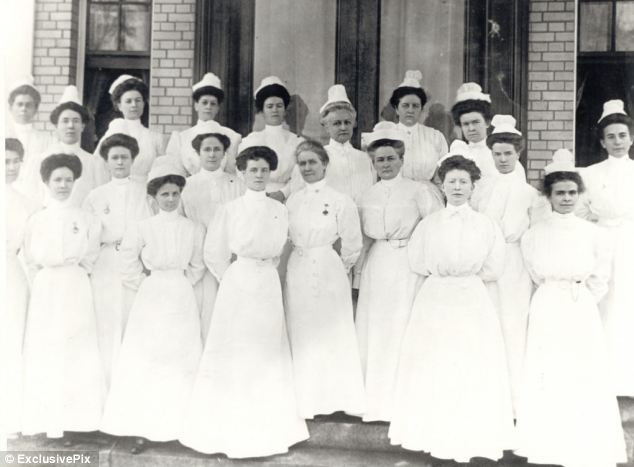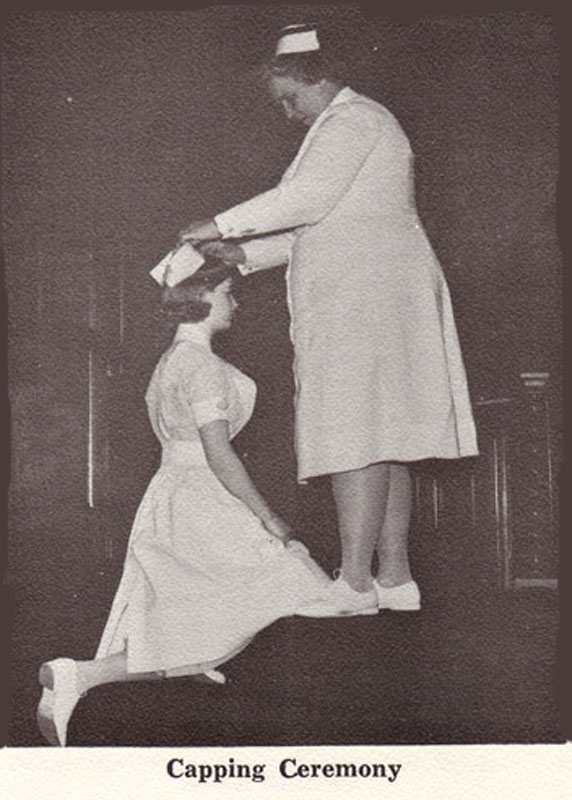Let’s Talk About…That Hat
Yes, that hat—the one that used to top nearly every nurse’s head with pride. For generations, nursing caps were iconic, a symbol of discipline, professionalism, and tradition. But today, you’d be hard-pressed to find a nurse wearing one on the hospital floor. The only time I wore one was for my graduation photo—shared, by the way, with the entire class. (Great for bonding…maybe not for germ control!)

So where did the nursing cap even come from?
The tradition dates back to early Christianity, when women known as deaconesses—what we’d now call nuns—wore white head coverings while caring for the sick. These veils helped identify their role in the community and became one of the earliest symbols of caregiving.

Evolution Through the Ages
In the Victorian era, the full veil evolved into a cap designed more for function than form. With elaborate hairstyles in fashion, the cap helped keep hair tidy during patient care. Back then, it tied under the chin like a bonnet and often had decorative ruffles.
Florence Nightingale brought further distinction to the cap during the 1800s. Seniority was signaled through its frills—more ornate caps meant more experience. They also helped staff tell nurses apart from other hospital personnel. Some believed the cap acted as a shield against infection (though let’s be honest, it probably collected more bacteria than it blocked).
Bellevue’s Influence and the Fall of the Cap

By the late 1800s, Bellevue Hospital in New York introduced a cap to designate nursing school graduates. It was a linen design, not unlike a snug ski hat, covering the ears and serving as a badge of training. Soon, schools across the country created their own signature cap styles.
But by the 1980s, the cap began to fade. Scrubs became the norm, offering a more practical and gender-neutral uniform. While the hat no longer tops our heads, it still holds a place in nursing history—and in our hearts.
